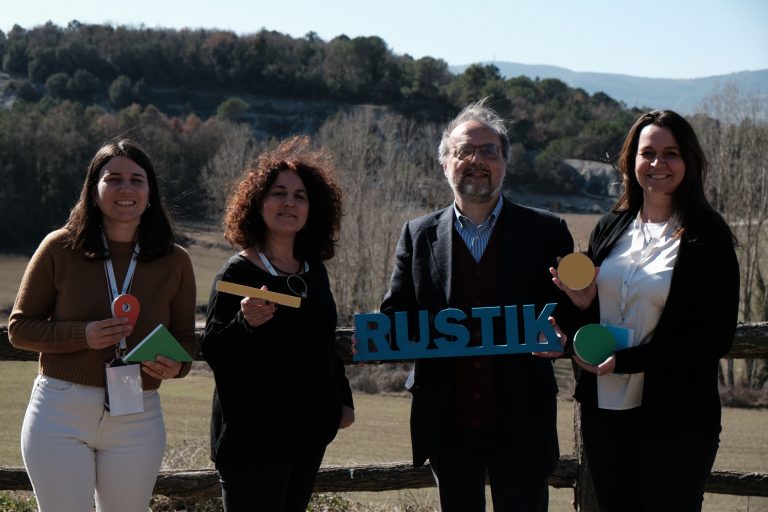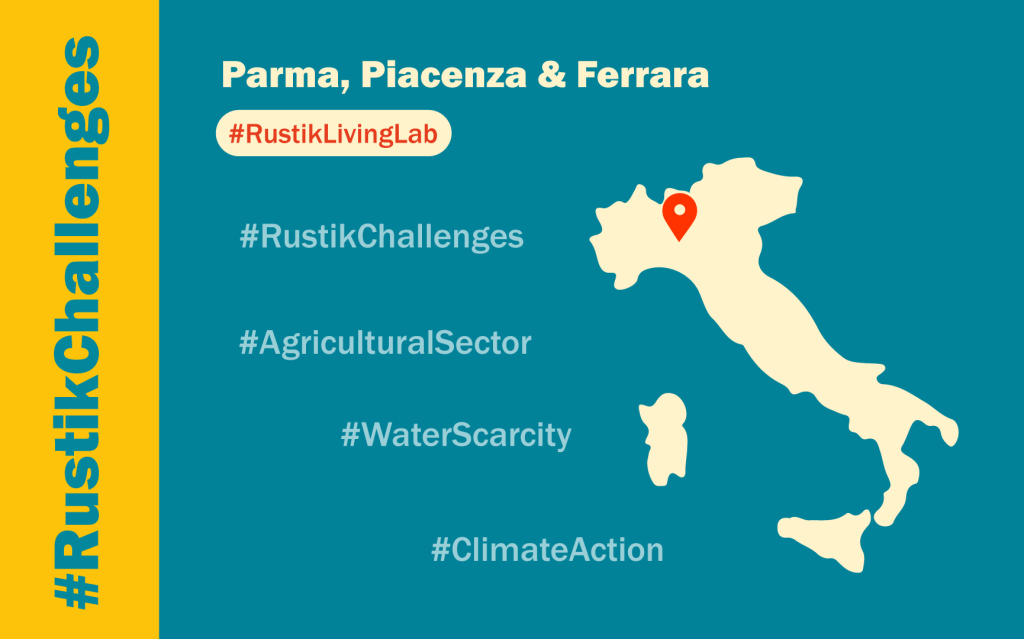Parma, Piacenza & Ferrara, Italy
Key Facts
The pilot region (PR) includes three NUTS3 regions of Emilia-Romagna (Northern Italy): the provinces of Piacenza and Parma, in the Western part of the region, and the province of Ferrara in the North-Eastern part. This PR is located in the Po Valley and among Lombardy, Piedmont, Liguria, Tuscany, Marche, and Veneto regions and the Adriatic Sea. Most of the area of the PR is flat: Ferrara is all in plain while in Piacenza and Parma the area has a relevant share of hills and mountains.
The area is densely populated: at the beginning of 2022 the total resident population in the PR was 1.071.924 while in the whole of Emilia-Romagna, the population is over 4 million. The most populated province is Parma with 448.916 resident inhabitants followed by Ferrara with 339.573 and Piacenza with 283 435. (ISTAT, resident population on 1st January 2022).
Demographic change in the pilot region is positive overall, although slightly less positive than in the whole of Emilia-Romagna. Positive change is associated with a higher immigration rate than at the regional level (8 immigrants per 1000 inhabitants against 6.5 in the whole region). High immigration rates compensate for significant emigration rates, so the net migration rate is positive. But it also counterbalances negative changes over the entire period 2001-2021 in the natural population rates due to very low fertility rates (1.28 against 1.49 at the average EU level) and negative balance birth-dead in 2021. Population shrinking is concentrated in mountain areas of Parma and Piacenza provinces and in most of Ferrara municipalities. The great part of depopulating municipalities is rural (according to the DEGURBA classification) but also includes several towns and cities, notably in Ferrara province.
In the Emilia-Romagna region cooperation is well developed among people, institutions, and companies in different sectors: most firms producing Parmigiano-Reggiano and Grana Padano cheese, as well as wine in the province of Piacenza, are cooperatives. Cooperation is well developed in the agri-food chain, and the tomato industry is a peculiar case of good cooperation within the territorial chain. Northern Italy’s supply chain is interregional (it includes Emilia-Romagna – where 60% of the production is based – Lombardy, Piedmont, and Veneto) and is characterised by widespread and longstanding aggregation within and between the production and processing phases. The supply chain is coordinated by the interregional InterBranch Organisation (IBO) based in Parma.
The agricultural sector of the Pilot Region is well developed and organized, thanks to the presence of important food companies, and the high use of innovative and advanced cultivation techniques. Processing tomatoes are produced mainly in the province of Piacenza, followed by Ferrara and Parma; on the other side, wheat (both common and durum), while Ferrara has an important production of open field vegetable crops.
Thanks to the many products protected by Geographical Indications (GIs), the food industry is very relevant for the Pilot region economy. The active enterprises in the food industry reached almost 1.2 thousand units in 2021 with a total of 21.3 thousand employees.
Living Lab transitions
Firstly, demographic trends have witnessed a decline attributable to a very low fertility rate, a sharp reduction in the youngest age classes, and an overall population aging. This downward trajectory has significantly impacted the local supply of young labor, posing challenges for sectors such as Agro-industry and other firms, particularly during peak labor demand periods. The higher labor turnover exacerbates the situation, leading to increased training costs and a potential reduction in the quality of the already skilled workforce during peak periods. To counter this, industrial firms are adopting “retention strategies” to retain trained manpower over time.
The mismatch between labor supply and demand is especially pronounced in more skilled job roles. Technical schools offering secondary education struggle to form classes due to a lack of students. To address this issue, industries are proactively seeking young potential workers from non-technical schools, providing specific training and specialization during work hours.
Social challenges also extend to combating illegal hiring practices, commonly known as “caporalato,” within the labor market. In response, IBO has established a protocol of intent with the Ministry of Agricultural Policy. The aim is to create labor opportunities within the agri-food chain for victims of illegal hiring, addressing both the workforce shortage issue and contributing to social responsibility goals.
The main impacts of climate change are due to extreme adverse phenomena, mainly drought and water scarcity but occasionally also severe rainfalls producing floodings. In the last two decades in the province of Parma there have been few floodings with relevant impact on towns, the agricultural land and also the city of Parma itself (2014, the last one). The situation in the province of Ferrara is entirely different. In this area, the only water available for irrigation is the one that can be withdrawn from the Po River. In the last few years (e.g. 2017 and 2022), the droughts have created very impacting conditions of water scarcity with an important side effect on the agricultural production in this province.
Long-term sustainability of natural water bodies and water supply is assured through the Water Protection Plan (WPP) approved by the Region. To support irrigation and water supply, farmers associated in strong Producers Organizations (Pos) made plans for irrigation and provide technical assistance and research for implementing innovative water saving technologies. To manage the water scarcity the necessity to increase and improve the capacity of water storage systems, such as small farm/inter-farm reservoirs, eventually equipped also with solar panels that may support the development of energy communities and favour the reduction of CO2 emissions.
In the Pilot Region, broadband coverage has been extensively deployed, ensuring robust download and upload performances for cellular connections. These performances are deemed more than satisfactory, even for operations demanding a rapid and substantial exchange of data. However, challenges persist in peripheral and rural areas where connections remain poor, unstable, or completely absent.
While farmers in the region are embracing modern technologies, there are noteworthy issues that warrant attention. These include the need for implementing a public RTK (Real-Time Kinematic) network for Agriculture 4.0, enhancing the qualitative coverage of mobile data signals in specific areas to facilitate the automation of various agricultural operations, streamlining and interconnecting precision farming systems and decision support systems, and instituting remote management and blocking systems for 4.0 machines in the event of theft. Addressing these concerns will further optimize the technological landscape for agriculture in the region.
Pictures 📸






